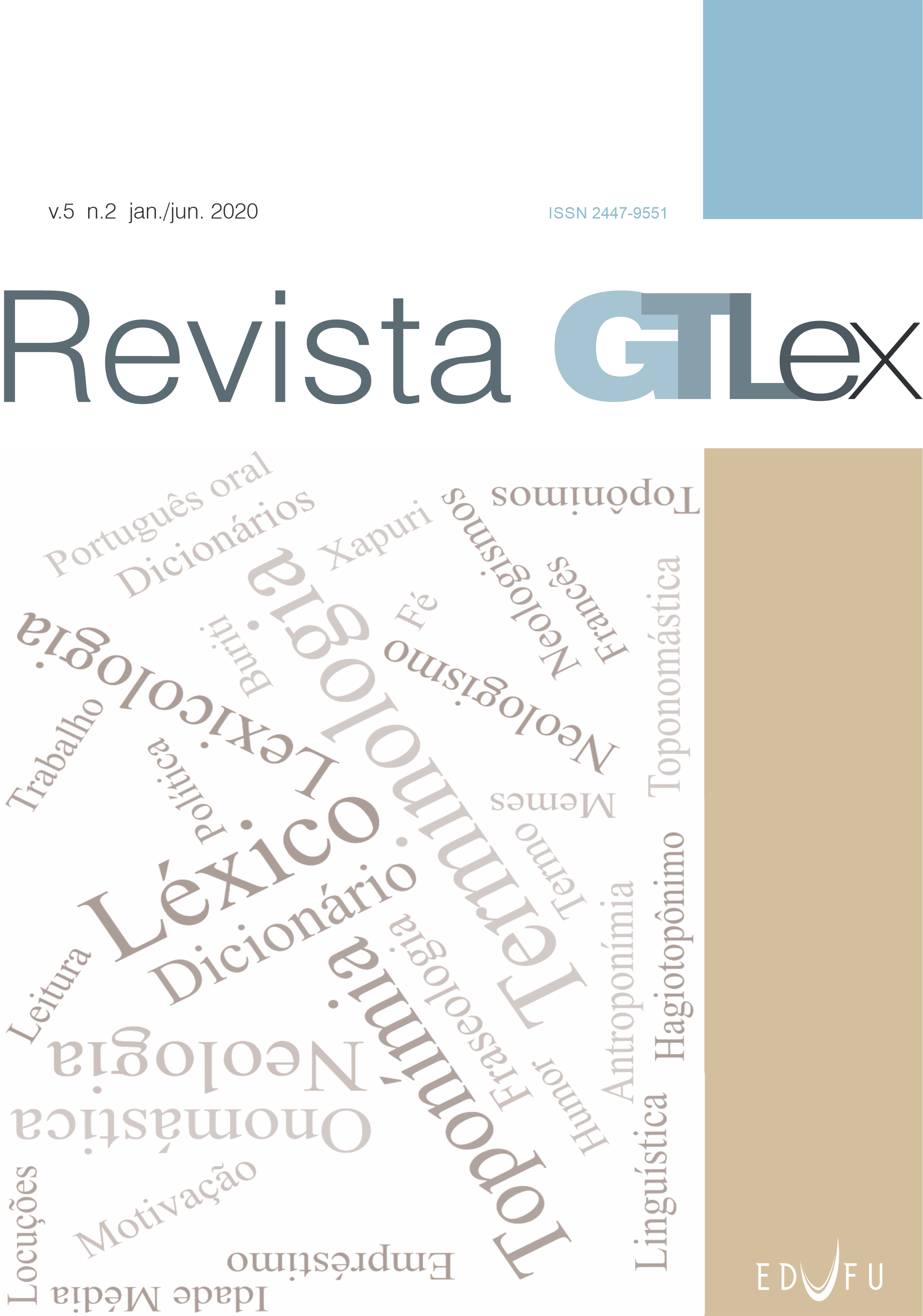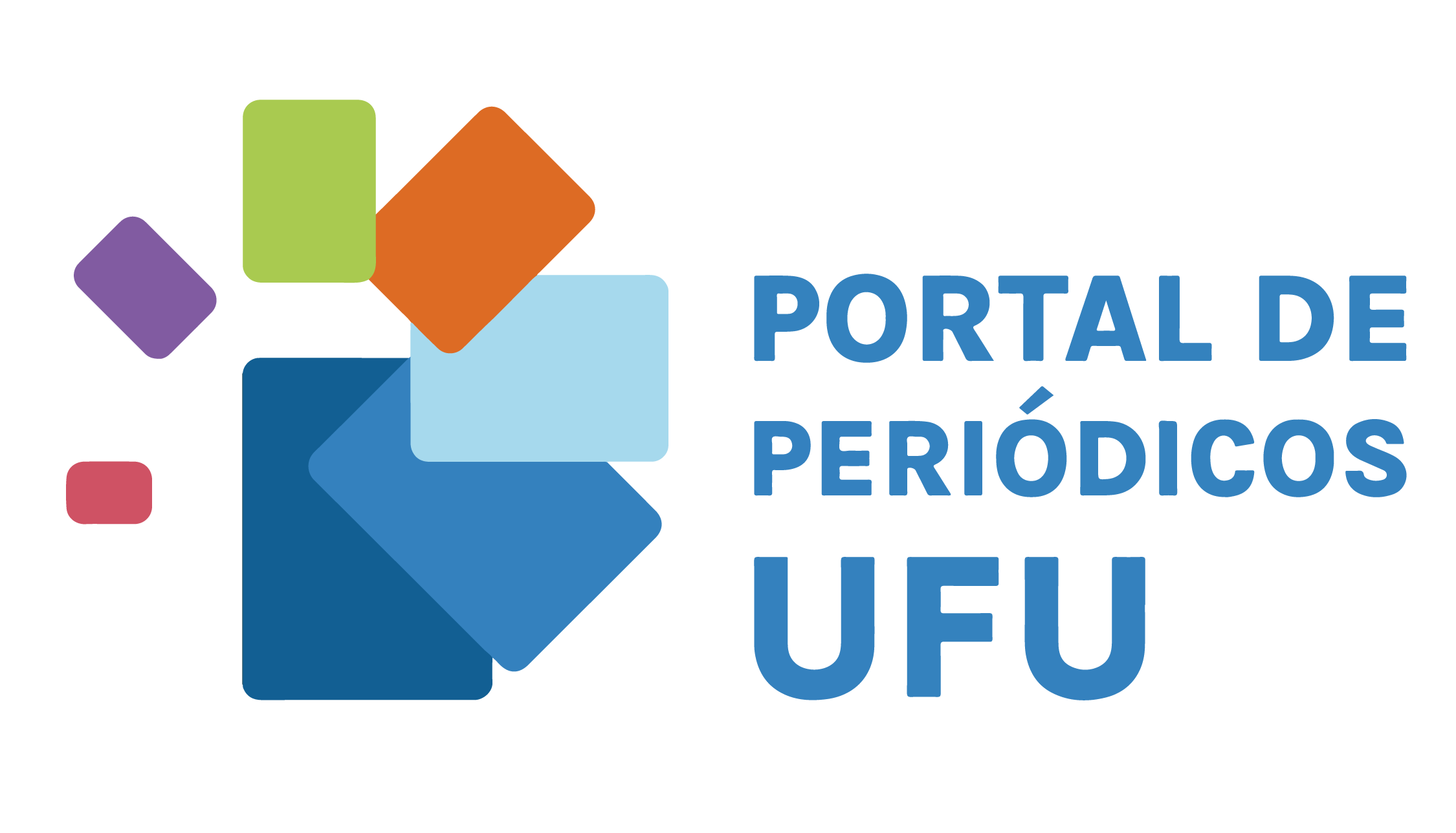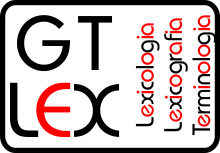The cultural component in dictionaries
an analysis of lexicographic examples for Brazilian Spanish learners
DOI:
https://doi.org/10.14393/Lex9-v5n2a2020-7Keywords:
Lexicographic examples, Brazilian learners, Dictionary, Culture, Spanish LanguageAbstract
In this article, we propose to verify how the cultural component is treated in a sample of lexicographic examples selected from the entries of bilingual and semi-bilingual Portuguese-Spanish and monolingual dictionaries. We analyze how the statements can help the Brazilian student Spanish learner to understand the Spanish-speaking culture and if the examples offer stereotyped information. For such, we begin our reflections by resuming some changes that have occurred in the language teaching / learning processes, developing reflections on the concept of culture and on stereotypes. For the analysis, we selected five units and four dictionaries available in print and digital media and checked the cultural component in the examples. We note that some dictionaries have more general examples that do not include data on culture, others, in turn, have them in an evident way and with relevant information for the querent. Thus, we found that a large part of the selected lexicographic works serves as complementary materials for the cultural learning of Spanish students.
Downloads
References
ARAGÓN, M. C.; GILI, O. C.; BARQUERO, B. L. Pasaporte ELE Español Lengua Ex-trangera nível A1. Edelsa Grupo Didascalia, S. A.: Madrid, 2007.
@ULETE DIGITAL. O dicionário da língua portuguesa na internet. Disponível em: http://www.aulete.com.br/. Acesso em: 13 abr. 2020.
BACCIN, P. A função dos exemplos em um dicionário pedagógico bilíngue voltado para a produção. In: NADIN, O. L.; ZAVAGLIA, C. Estudos do léxico em contextos bilíngues. Campinas. São Paulo: Mercado de Letras, 2016. p. 97-112.
CUCHE, D. A noção de cultura nas ciências sociais. Tradução de Viviane Ribeiro. Bauru: EDUSC, 1999, 256 p.
DERVIN, F. Cultural identity, representation and othering. In: JACKSON, J. The Routledge Handbook of Language and Intercultural Communication. New York: Routledge, 2014. p. 181-194.
DIAZ, M.; TALAVERA, G. Dicionário santillana para estudantes: espanhol-português, português-espanhol. 4. ed. São Paulo: Moderna, 2014. 920 p.
DURÁN, M. S.; XATARA, C. M. Critérios para categorização de dicionário bilíngues. In: ISQUERDO, A. N.; ALVES, I. M. As ciências do léxico: Lexicologia, Lexicografia, Terminologia. Campo Grande: Editora UFMS/Humanitas, v. III, 2007, p. 311-320.
JACINTO GARCÍA, E. J. Forma y función del diccionario: Hacia una teoría general del ejemplo lexicográfico. Universidad de Jaén, 2015.
JALIL, S. A.; PROCAILO, L. Metodologia de Ensino de Línguas Estrangeiras: Pers-pectivas e Reflexões sobre os Métodos, Abordagens e o Pós-Método. IX Congresso Nacional de Educação – EDUCERE. PUCPR. Curitiba. 2009. p. 774-784. Disponível em: https://educere.bruc.com.br/arquivo/pdf2009/2044_2145.pdf. Acesso em: 04 fev. 2020.
KRAMSCH, C. Cultura no ensino de língua estrangeira. Bakhtiniana: Revista de Es-tudos do Discurso, [s.l.], v. 12, n. 3, p.134-152, dez. 2017. Fap UNIFESP (SciELO). DOI http://dx.doi.org/10.1590/2176-457333606
MOREIRA, G. L. El componente cultural en los diccionarios de ELE – análisis de los artículos gazpacho, sangría, bocadillo, paella, albergue y posada. Domínios de Lin-gu@gem. Uberlândia, v. 12 n. 4, 2018. p. 2240-2263. DOI https://doi.org/10.14393/DL36-v12n4a2018-12.
NADIN, O. L. Cómo potenciar el valor didáctico de un diccionario pasivo español-portugués: la macroestructura. Anuario brasileño de estudios hispánicos. n. 23, p. 267-278, 2013.
REVERSO DICCIONARIO. Diccionario Español Definidiones en línea: traducción de las palabras y expresiones, definición, sinónimos. 2018. Disponível em: https://diccionario.reverso.net/espanol-definiciones/. Acesso em: 09 jan. 2019.
REYES, L. F. et al. Diccionario para la enseñanza de la lengua española: español para extranjeros. España: Litografía Rosés, S.A. 2000.
RICHARDS, J. C.; RODGERS, T. S. Approaches and Methods in Language Teach-ing. Cambridge: Cambridge University Press, 1999. 90 p. Disponível em: https://www.novaconcursos.com.br/blog/pdf/richards-jack-c.-&-rodgers.pdf. Acesso em: 21 jan. 2020.
ROJAS ARREGOCÉS, E. Los ejemplos en los diccionarios escolares de Colombia. Universitat Pompeu Fabra. Tesi Doctoral, Barcelona, 2016.
SALOMÃO, A. C. B. O componente cultural no ensino e aprendizagem de línguas: desenvolvimento histórico e perspectivas na contemporaneidade. Trabalhos em Lin-guística Aplicada. [online]. 2015, vol. 54, n. 2, p. 361-392. DOI http://dx.doi.org/10.1590/0103-18134500150051.
TAVARES, R. R. Conceitos de cultura no ensino/aprendizagem de línguas estrangei-ras. In: TAVARES, R. R. (org.). Língua, cultura e ensino. Maceió: EDUFAL, 2006. p. 17-27.
ULTRALINGUA. Gran diccionário vox de la lengua española. Ultralingua. [aplica-tivo]. 2019. Disponível em: https://www.ultralingua.com/pt-br/products/spanish-dictionary.html. Acesso em: 08 jan. 2019.
XATARA, C; BEVILACQUA, C. R.; HUMBLÉ, P. R. M. (org.) Dicionários na teoria e na prática. Parábola Editorial: São Paulo. 2011.
Downloads
Published
Issue
Section
License
Copyright (c) 2020 Nathalia Maria Soares, Raissa Adorno de Oliveira, Odair Luiz Nadin

This work is licensed under a Creative Commons Attribution-NonCommercial-NoDerivatives 4.0 International License.
Autores que publicam nesta revista concordam com os seguintes termos:
CC BY-NC-ND 4.0: Autores mantém os direitos autorais e concedem à revista o direito de primeira publicação, com o trabalho simultaneamente licenciado sob a Creative Commons Attribution License que permitindo o compartilhamento do trabalho com reconhecimento da autoria do trabalho e publicação inicial nesta revista.
Autores têm autorização para assumir contratos adicionais separadamente, para distribuição não-exclusiva da versão do trabalho publicada nesta revista (ex.: publicar em repositório institucional ou como capítulo de livro), com reconhecimento de autoria e publicação inicial nesta revista.









